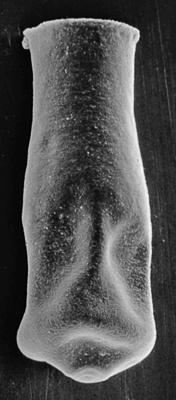Publications
Verniers et al., 1995
| ID | 487 |
|---|---|
| Reference | Verniers et al., 1995 |
| Author | Verniers, J., Nestor, V., Paris, F., Dufka, P., Sutherland, S., Van Grootel, G. |
| Year | 1995 |
| Title | A global Chitinozoa biozonation for the Silurian |
| Journal | Geological Magazine |
| Volume | 132 |
| Number | 6 |
| pgs. | 651-666 |
| Source type | article in journal |
| Language | English |
| DOI | 10.1017/S0016756800018896 |
| Abstract | A global Chitinozoan biozonation for the Silurian Period is proposed. Each biozone is an interval range defined by the first occurrence of an index species, selected from well-defined species with a relatively short biostratigraphic range. To be included in the scheme, index species must have been recorded from at least two major Silurian palaeocontinents where usable Chitinozoa assemblages have been studied, that is, Avalonia—Baltica (which had already undergone collision by the Silurian), Laurentia, Gondwana and Southern China. Seventeen biozones are identified with seven in the Llandovery: the fragilis, postrobusta, electa, maennili, alargada, dolioliformis and longicollis biozones; four in the Wenlock: the margaritana, cingulata, pachycephala and lycoperdoides biozones; three in the Ludlow: the elongata, philipi and barrandei biozones; and three in the Přídolí: the kosovensis, elegans and superba biozones. Chronostratigraphic calibration is partly provided by reference to the range of the appropriate Chitinozoa index species in the global stratotype sections and points (GSSP) of the Silurian series, e.g. in Bohemia (Czech Republic) for the Přídolí and the Welsh Borderland in England for the Ludlow and part of the Wenlock. When this information was not available, independent biostratigraphic control was provided by calibration with graptolite biozones or in a few cases, conodont or trilobite biozonal schemes. The index and most characteristic species of each biozone are illustrated and their total stratigraphie range provided. |
Photos









